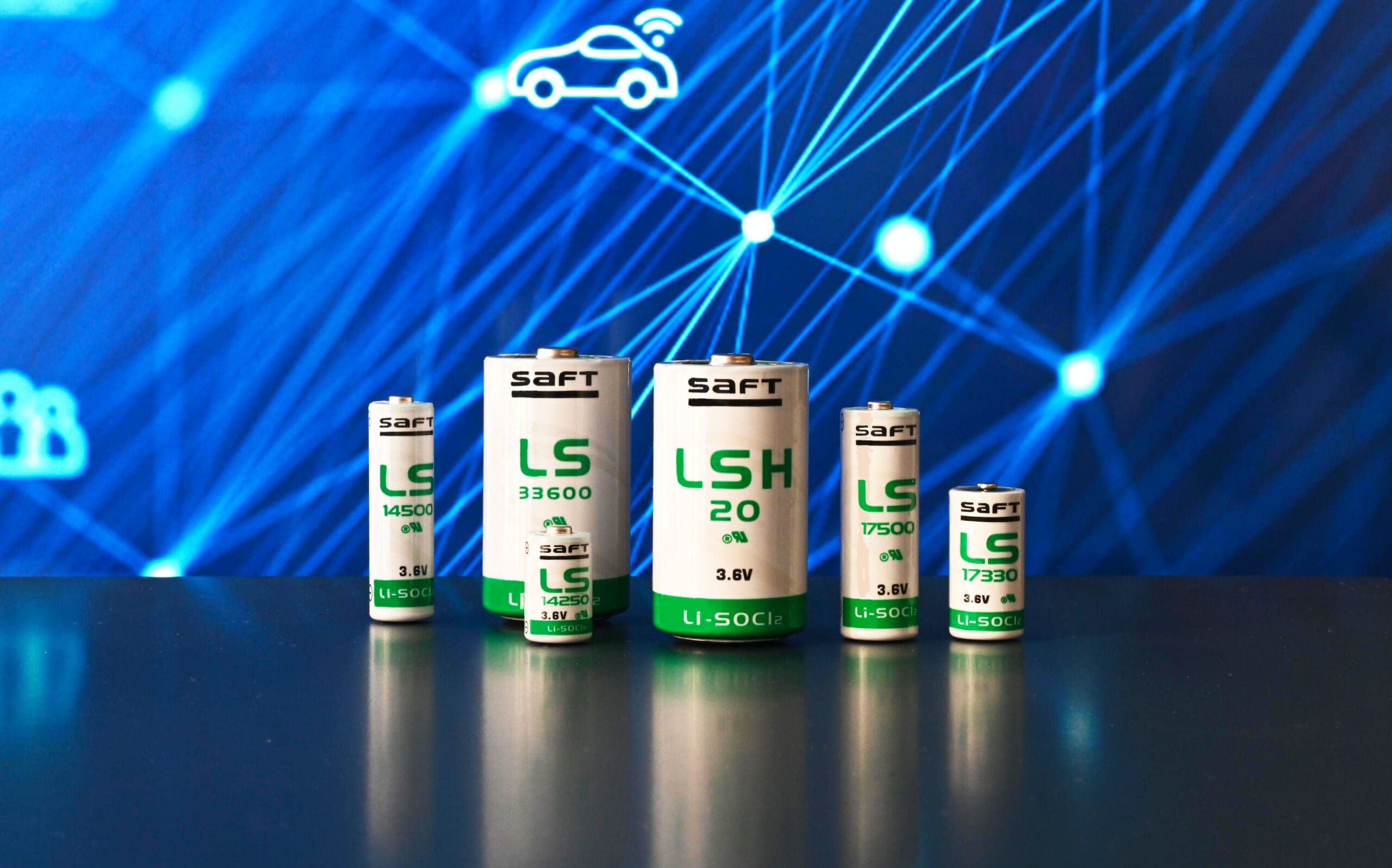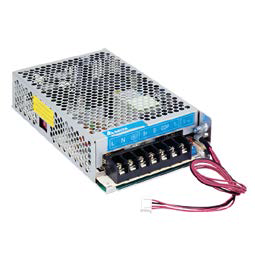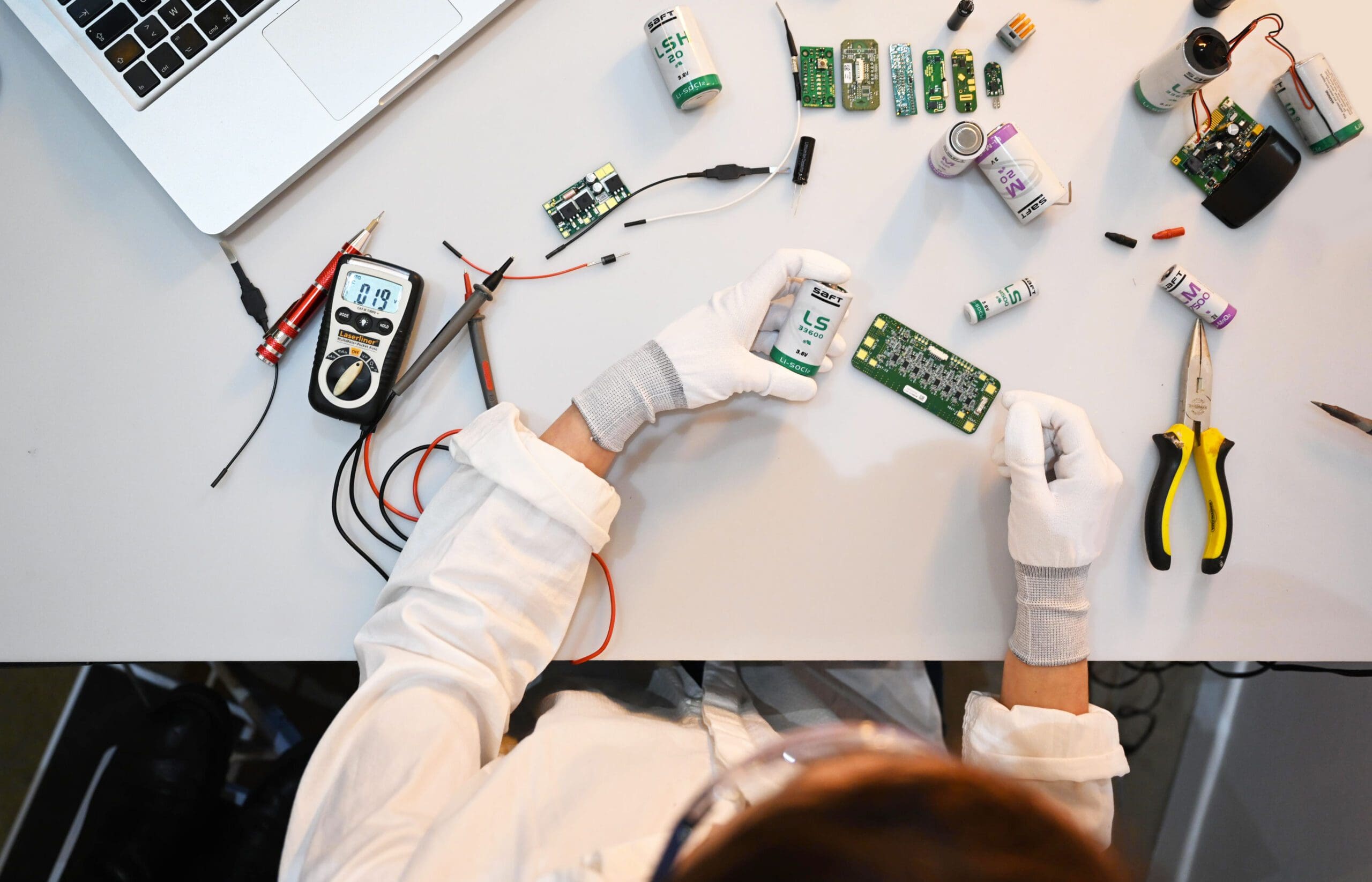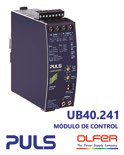When looking for the best battery for your smart device, it may be tempting to think that all batteries are created equal. You have to be aware of the total cost of ownership (TCO) to select the most affordable option. Look for alternatives and compare data sheets. Your only information at this early stage is to look at the described performance of the batteries, which on paper look similar, and encouraged by these observations, you choose the most affordable battery.
But after a few months, the battery fails, and with it his solution, and he has to look for a new one. If you're unlucky, you may even need to replace not one, but a thousand batteries scattered in different locations, making your job even more difficult. Since you can't predict which battery will fail next, you may end up replacing the entire fleet. How will that impact your TCO?
Although cost does not always indicate quality, it does very often do. It's important to stop and think about not only how much money you're spending in total over the life of your solution, but also what the cost means in terms of quality.
So what is behind the price of a battery? What are the elements that make the difference in a battery? And, ultimately, how do these elements influence the success of your project, the ROI of the service client, and the satisfaction of the end user?
If you focus on quality and possibilities, you will save money on batteries
Batteries are made of various components that chemically react to provide power. While the primary chemistry used in a cell might carry the same name for one manufacturer or another (for example, lithium - thionyl chloride), each manufacturer develops their own unique recipe. Multiple ingredients will be added to the chemistry to offer a more stable voltage, to bring more energy density and to limit voltage lags, etc., which explains the variations in performance from cell to cell.
The construction of the cell can also differ from one manufacturer to another: various materials can be used for the anode and cathode, the separators or the sealing. Its composition and its physical properties also change depending on the quality or grade of the metal, which is being used. Sealing is a good example: the often used glass-metal sealing is a rather complex component, with a key manufacturing process, which gives qualitative sealing possibilities for the cell.
A leaky cell could cause irreparable damage to the IoT device. To safeguard this, it is vital to ensure that the mechanical components used in the battery are carefully selected and controlled.
Same for the housing: If you want your connected object to withstand harsh environments, you'll want to make sure the cell container is made of high-quality stainless steel.
Impurities or poor quality active materials and mechanical components can reduce performance and/or safety risks, affecting reliability and repeatability of battery performance. And when your solution is being deployed in the field, safety, performance, and repeatability are just as essential.
You also have to take into account the manufacturing process: does the manufacturer control the products at each and every stage of the manufacturing process? Are the connections soldered manually or automatically? Automated lines combined with process control in each and every one of the manufacturing stages guarantee the reiteration of the results and their performance. Also, it guarantees fewer loose ends and a simpler integration of the batteries into the connected object.
By focusing on safety and responsibility, you'll save money.
Batteries are dangerous goods and as such must be handled with care. Just as a more expensive baby carrier may offer additional safety features, battery manufacturers can include additional safety features on their cells, such as the ones Saft offers with its coil elements. Saft Li-SOCl2 spiral cells have a fuse that can be activated in the event of an external short circuit. These cells also have safety vents that can release pressure rather than explode if the cell experiences a field mishap.

Batteries need to pass a series of safety tests and certifications, which are not easy to obtain. You need to make sure your batteries are tested and retested and have the proper certifications. This is critical if your device is deployed in explosive atmospheres (ATEX) or other hazardous environments, or if you need to transport your devices. The battery manufacturer must be able to manage technical reports that are adhered to throughout the life of their products. Some examples of such certifications are IEC 60086-four, which specifies the tests and requirements for primary lithium batteries, to ensure their safe operation under their intended use, and their intended misuse. The American standard UL 1642, which aims to reduce the risk of fire or explosion when lithium batteries are used in products, or the UN38.3 transport standard, which also requires a series of tests to ensure battery safety standards. so that they comply with IATA transport regulations and can be sent by air transport.
The list of raw materials must also be guaranteed, and the EU has a very strict policy in this regard. For example, each and every battery applicable in the EU market must comply with the RoHS regulation that specifies maximum levels of phthalates for some limited substances. The REACH certification (Registration, Evaluation, Authorization and Limitation of Chemical Substances) deals with the production and use of chemical substances, as well as their possible effects on human health and the environment.
The end of your battery life is not the end of the story! The EU Directive on batteries (2006/66/CE) establishes the obligation to guarantee adequate recycling by manufacturers, distributors or even users, organizing the collection and restoration of wasted industrial batteries. As the end user of the battery and at some point in the supply chain, you can be held responsible for battery disposal and recycling, which is not economical.
In these cases, the cost is not only a guarantee of safety, but rather a sign of the responsibility of the manufacturer.
Focusing on battery service saves you time and money
Batteries can be complex to understand, with various elements: Chemistry, technology, ability to adapt to the profile of the application and energy needs, temperature in the field... Have the help of a technical specialist to help you choose the right solution for your device, it will ensure the success of your project. The best case scenario is if this expert can give you an estimate of your battery life, taking into account any and all app factors. And once you've made your choice, you may have to navigate the ins and outs of shipping lithium batteries, get support certifications for your device, or by the time your device is deployed into the field, you may encounter issues you didn't anticipate. In these cases, it can be very helpful to have a specialist to turn to, assess the situation and determine an action plan. These services come as an added benefit when you pay the right cost for your batteries.
Price vs. Quality: What battery do I want to buy for my smart device? You must look at the hidden costs!
The bottom line is: Don't forget to want your battery's hidden costs:
• The cost of a tailored and accurate life study
• The cost due to lack of quality
• Logistics costs
• The cost of integration and residuals
• The cost of disposal and recycling of batteries
What about Saft batteries?
Saft benefits from one hundred years of experience in battery manufacturing, and a thirty-year track record in primary lithium battery technology.
We use world-class, ethically sourced components to ensure the stability and reliability of our cells, which are monitored at every step of production.
Our chosen distributors use only high-quality stainless steel to manufacture the cans for our cells, guaranteeing high resistance in hostile environments.
Our batteries are among the best on the market, and we are not afraid of compromising their useful life.
The production lines we use allow us to integrate the elements automatically and repeatably, with no loose ends for the service customer or the integrator.
Our batteries have received all the necessary certifications, making them a preferred choice for many IoT developers designing products for the industry.

We support our service customers to help them comply with the standards of the European Directive, and we take charge of the disposal and recycling of our batteries.
And, last but not least for this essential reason, we offer a wide range of services and support throughout the life of our products, including the calculation of the useful life based on our own mathematical models and post-sale management.
But don't just rely on what we tell you. It always pays off to do your research and accurate testing to ensure you are spending your money wisely. We are not afraid of comparison. Contact us and we will be happy to help you: contato@saftbatteries.com







